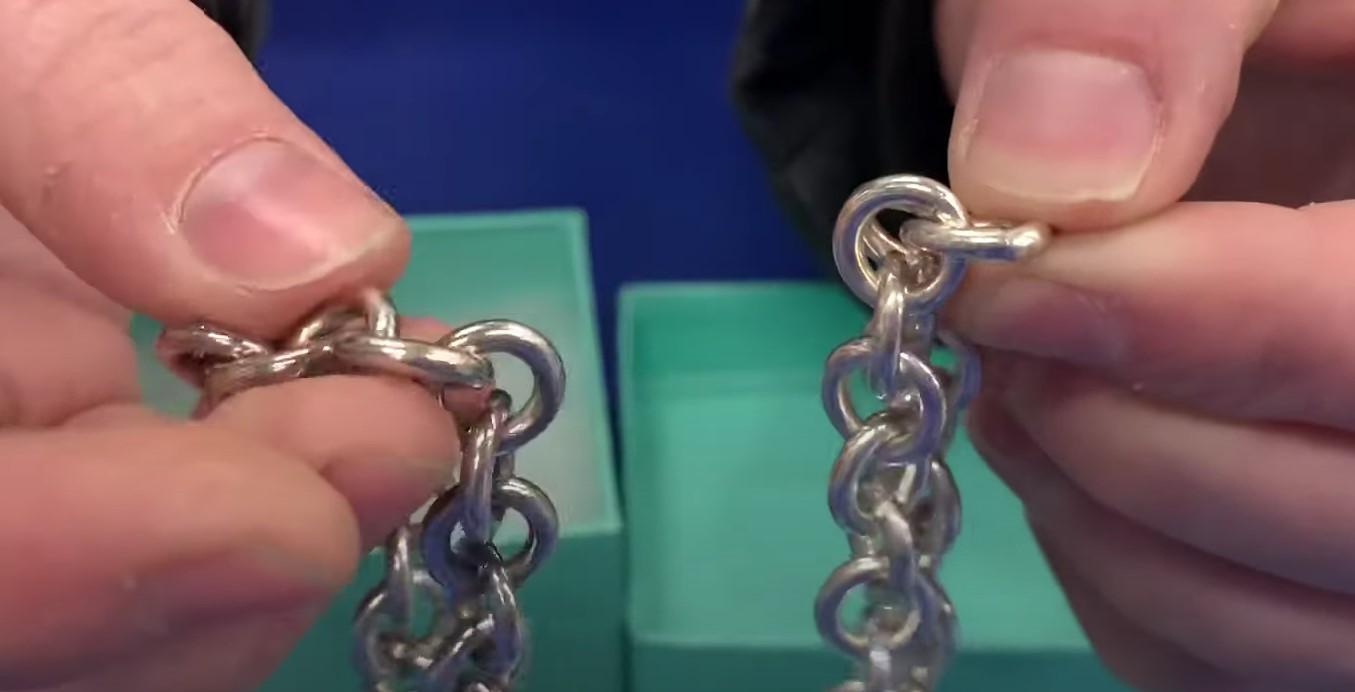When it comes to jewelry, one of the biggest concerns people have is whether or not it will turn their skin green. This discoloration can be caused by a variety of factors, including the interaction between your skin and the metals used in the jewelry. While some people may be more prone to have a reaction, there are certain types of jewelry that are less likely to cause this green discoloration.
Top Jewelry Materials That Won’t Cause Green Discoloration
Here are some of the top jewelry materials that won’t cause green discoloration:
- Sterling silver: Sterling silver is a popular choice for jewelry, and it is highly unlikely to cause green discoloration. It is made of 92.5% pure silver, mixed with other metals to increase its strength and durability.
- Gold: Gold is a classic and luxurious choice for jewelry, and it is also resistant to green discoloration. However, it is important to choose high-quality gold, such as 14k or 18k, as lower karat gold may contain higher levels of other metals that can cause a reaction.
- Platinum: Platinum is a durable and beautiful metal that is naturally hypoallergenic and resistant to discoloration. While it may be more expensive than other metals, it is a worthwhile investment for those who want to avoid green discoloration.
- Titanium: Titanium is a lightweight and strong metal that is often used in jewelry. It is highly resistant to corrosion and discoloration, making it a great choice for those with sensitive skin.
In addition to these materials, there are also certain coatings and finishes that can be applied to jewelry to prevent green discoloration. For example, rhodium plating is frequently used on white gold jewelry to enhance its appearance and protect against discoloration.
When shopping for jewelry, it is important to read product descriptions and look for materials that are known to be resistant to green discoloration. Investing in high-quality pieces made from these materials will ensure that your jewelry stays looking beautiful for years to come.
Main reason why jewelry turns green
Jewelry, particularly the inexpensive or costume kind, often turns green due to a chemical reaction. The most common reason is a reaction between the metal in the jewelry and the acids and salts present on the skin. This forms salts, which can often appear green.
Here’s a bit more detail:
- Copper Content: Many types of metals used in jewelry, including silver and gold, often have some copper content. Copper is used to add strength and durability to these metals, but it reacts with the salt and acid on your skin to form green salts. That’s why your jewelry turns green, and sometimes your skin does too!
- Corrosion: The presence of moisture can accelerate the corrosion process, turning the jewelry green faster. This is especially true in humid environments or if the jewelry is exposed to water frequently.
- Other Reactions: Jewelry can also turn green due to reactions with cosmetics, lotions, perfumes, or other substances on the skin.
The best way to prevent jewelry from turning green is to limit its exposure to corrosive elements. That could include removing it before bathing or swimming, avoiding contact with cosmetics and perfumes, and storing it properly when not in use. Additionally, you can look for jewelry made of higher-quality metals with lower copper content, as these are less likely to turn green.
If your jewelry in one way or another already turned green – you can learn how to remove green with our article.
FAQ about What kind of jewelry doesnt turn green:

Professional jewelry journalist, blends Art History and Journalism degrees to provide insightful, vivid, and comprehensive narratives in the realm of jewelry. Known for interviewing industry bigwigs and covering international shows, Anna’s work is a beacon for both professionals and enthusiasts. A cherished gem in jewelry journalism.




